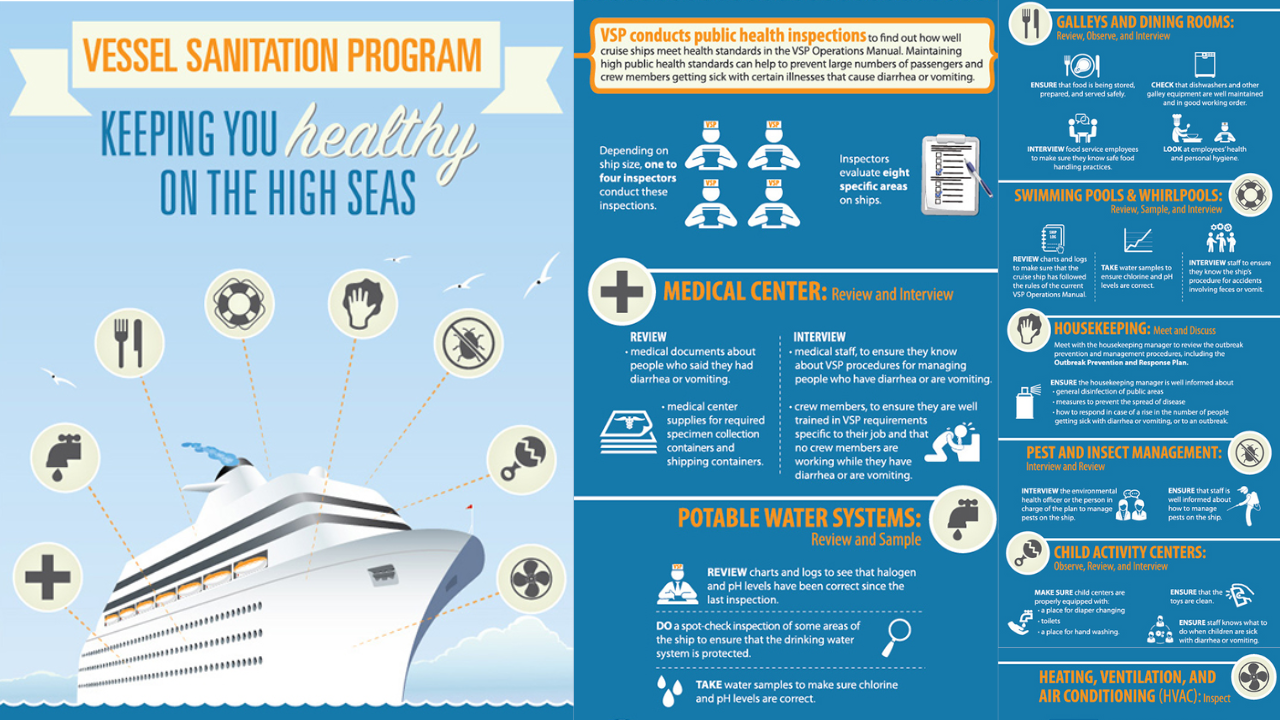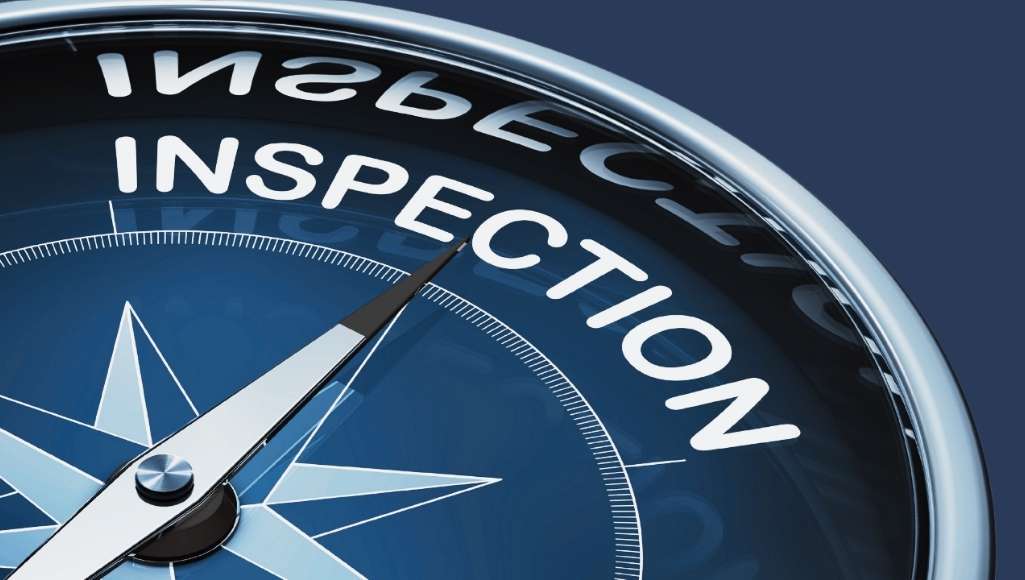
The Numbers Game: Do Cruise Ship Inspections Improve Quality?
 By David Best, Director of Public Health
By David Best, Director of Public Health
Harold F. Dodge, one of the principal architects in the field of statistical quality control, stated years ago that "You cannot inspect quality into a product." At the core of his argument is the fundamental premise that at the time of inspection, the good or bad is already present; therefore, an inspection does not improve nor guarantee quality.
Last month—after a two-year plus pause due to the COVID-19 pandemic—saw the resumption of the CDC’s Vessel Sanitation Program (VSP) cruise ship inspections. With coronavirus protocols taking center stage during the last couple of years, would it be a surprise that cruise line executives might be asking is the quality of operations onboard still up to required public health standards? Those waiting for a VSP inspection to answer this question are, in the mind of Mr. Dodge, making a mistake.
What Can You Expect from VSP Cruise Ship Inspections?

VSP inspectors conduct unannounced inspections on cruise ships calling U.S. ports to verify if they are operating and maintaining public health standards in accordance with current VSP Operations Manual guidelines. Inspections ordinarily take between 8-10 hours, depending on the number of inspectors, size of the ship, and issues identified. Eight major areas form the nucleus of their inspection program:
1. Medical Facilities: Acute Gastroenteritis (AGE) surveillance.
2. Potable Water Systems: Bunkering, production, distribution, and storage of potable water onboard including the vessel's cross-connection control program.
3. Recreational Water Facilities: Filtration, disinfection, general operation, maintenance, and safety.
4. Food Safety: Employee health and hygiene; food protection during sourcing, provisioning, storage, preparation, and service; facility equipment maintenance; warewashing; and the design and construction of food areas.
5. Child Activity Centers: Diaper changing facilities, toilets, and handwashing stations; facility disinfection; and infection control for sick children.
6. Housekeeping: Routine cleaning protocols and infection control procedures during outbreaks of AGE, including the use of appropriate disinfectants and OPRP (Outbreak Prevention and Response Plan) processes.
7. Ventilation systems: System maintenance and cleaning.
8. Common Areas of the Ship: Integrated Pest Management (IPM) strategies, and general cleanliness and maintenance.
Cruise ships under VSP’s jurisdiction are subject to two inspections each year and are scored on a descending 100-point scale. Each requirement within the VSP Operations Manual is assigned a value between 1-5 points based on its public health significance, with points being deducted from the inspection score when there is a pattern of similar violations of the same criteria or when there is a single, significant violation. An 85 or below is considered a failing score and results in the ship being reinspected again soon after. All inspection reports and scores are published on the VSP website.
How Cruise Ship Inspections Can Support Process Improvement

Cruise ship inspections help provide an overview of real-time standards and the CDC's Vessel Sanitation Program has undoubtedly assisted the cruise industry in fulfilling its responsibility to protect the health and safety of guests, crew, and communities visited. The consequences of failing a VSP inspection are often used by cruise lines to "motivate" crew; however, has this emphasis helped create a perpetual cycle of preparing for inspections rather than improving the overall quality of operations?
While VSP inspections might be unannounced, cruise lines have become quite nuanced in their predications as to when a ship might be next visited. Sightings of VSP inspectors in ports are often shared between companies to transmit warnings of a potential imminent inspection. This kind of strategy promotes a kind of numbers game with the priority placed on scoring 100 rather than viewing an inspection as an occasion to improve.
In his book Out of the Crisis, the distinguished American scholar, W. Edwards Deming, remarked, "Any substantial improvement must come from action on the system." Reviewing the Corrective Action Statements submitted by a cruise vessel after an inspection reveals the determined root cause of a significant number of violations being attributed to a particular crew member's error or "lack of knowledge". While in the context of an individual inspection this is plausible—we are human after all—when examined over a longer period, this simplistic conclusion fails to address the unintended consequences likely arising from inherent flaws in the company’s system itself.
The key to quality is to practice continuous improvement. Use of VSP cruise ship inspections affords considerable opportunity to identify strengths and weaknesses in fleetwide operations; this will, in turn, provide opportunities to cultivate evidence-based decision-making and leadership. Employee performance is predominately influenced by the very system they work within and is the responsibility of management. By shifting focus to creating a positive public health culture and not one governed by inspection scores can help establish and ensure the desired hygiene and sanitation standards onboard.
As W. E. Deming also said, “Every system is perfectly designed to get the result that it does.” Don’t play the short-term numbers game. Take the long-term approach towards public health excellence.
Click here to learn more about our Public Health Quality Assurance service that can provide reassurance that your fleet complies with current regulations, while reducing the risk of public health incidents and protecting your company’s reputation.


